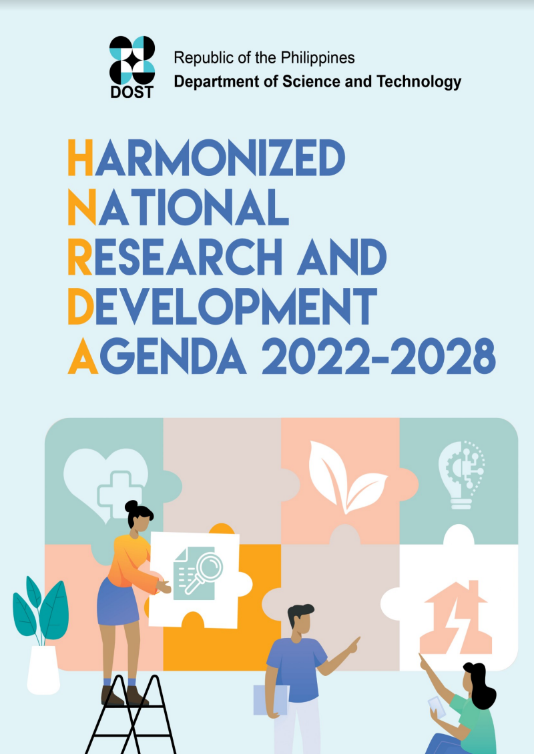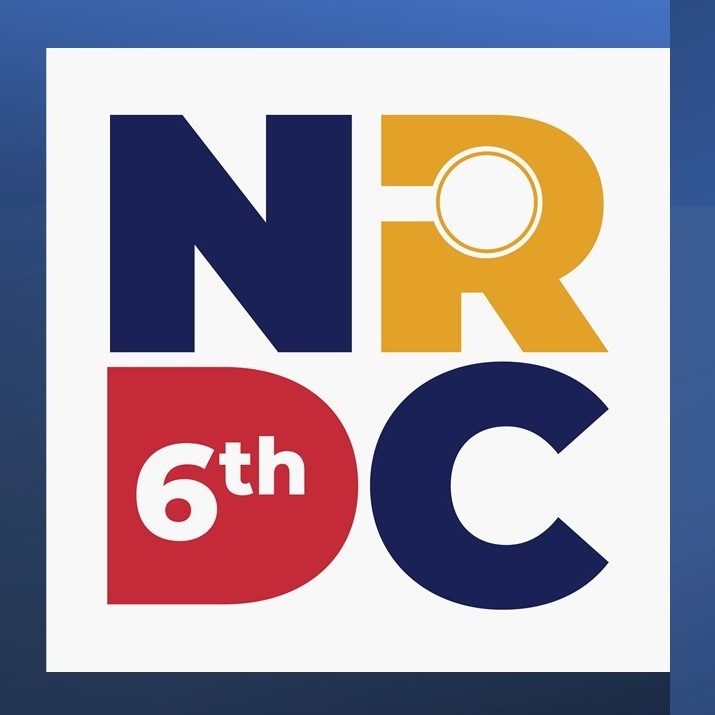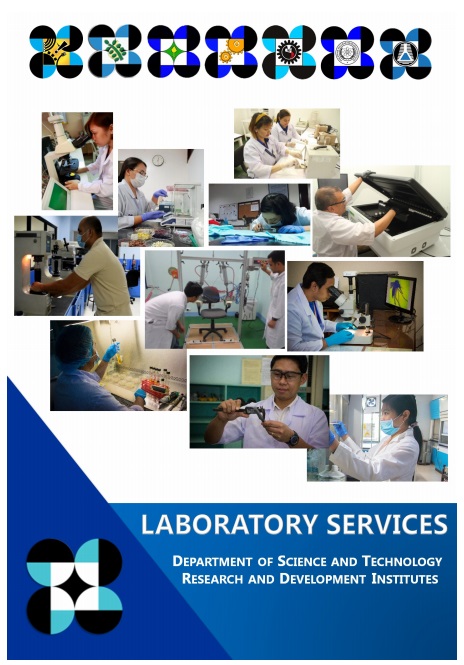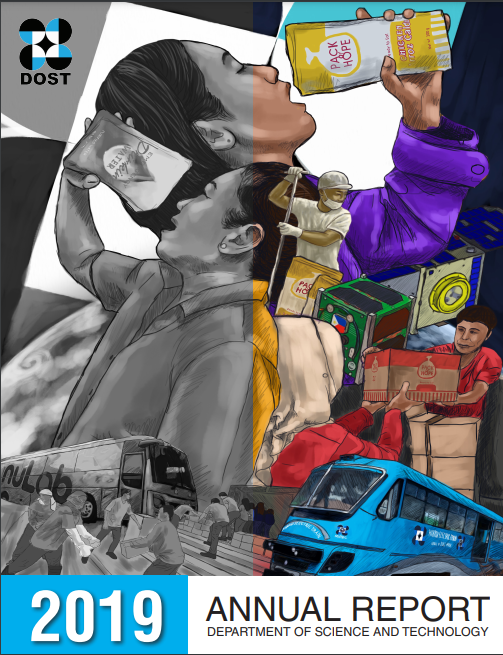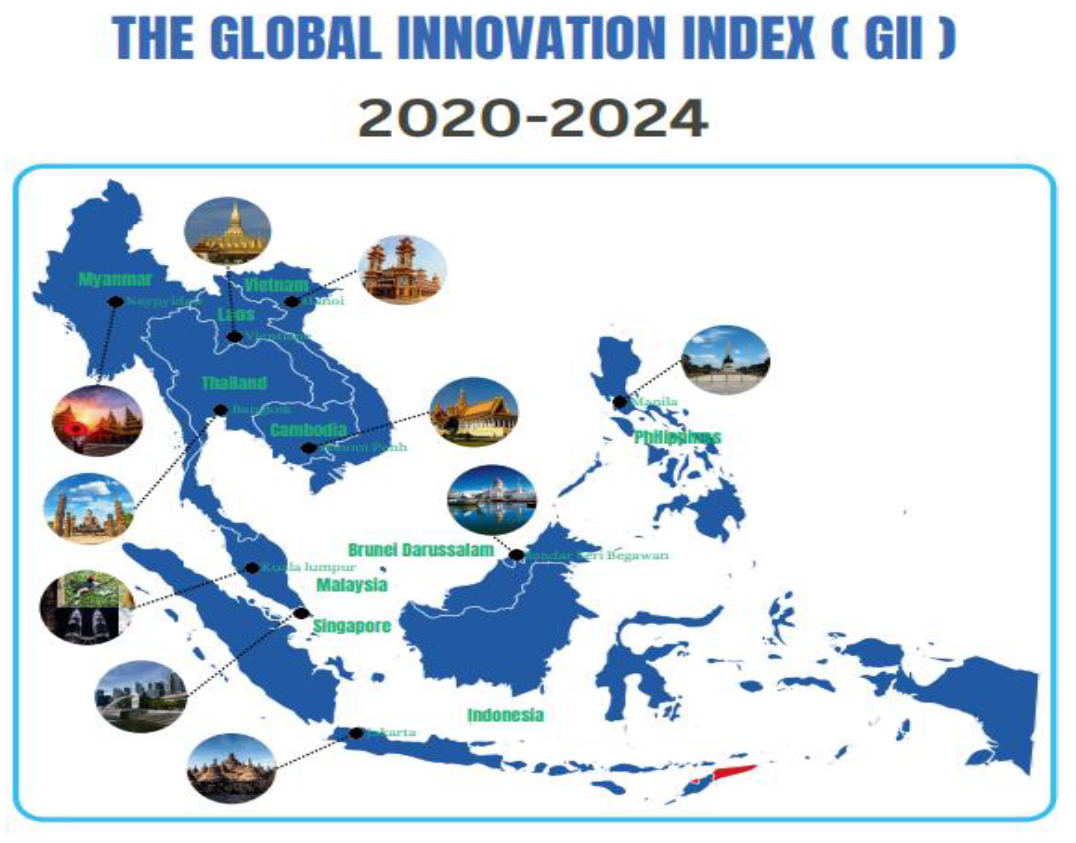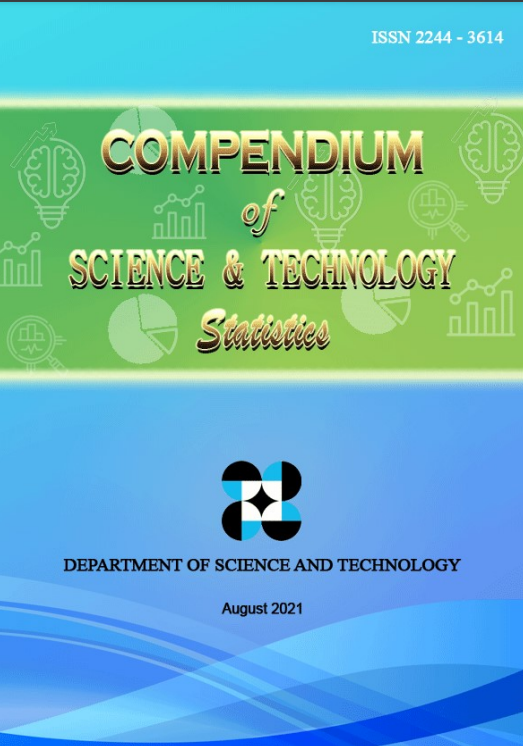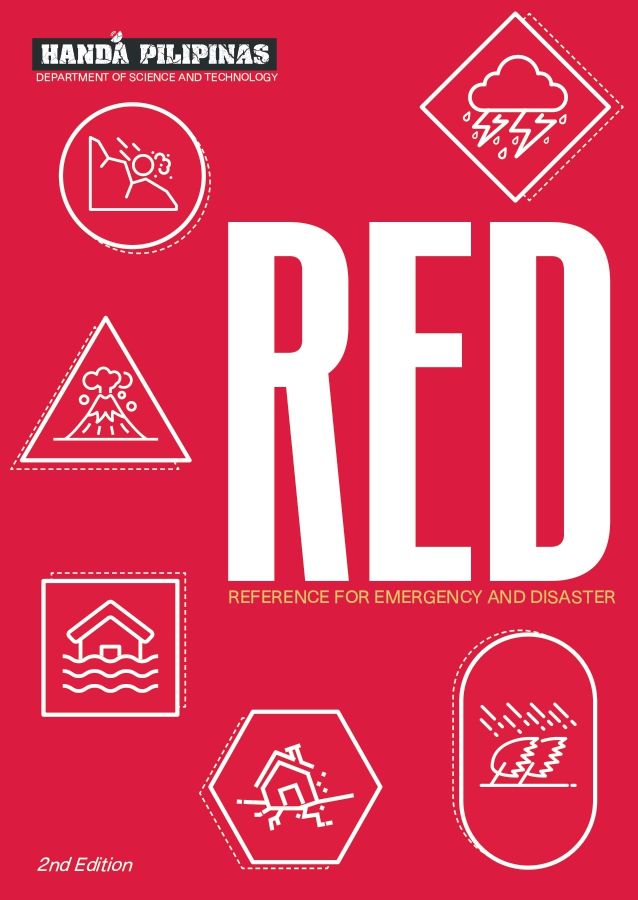DOST launches dengue alert website
- Details
- Hits: 5039
The Department of Science and Technology (DOST) launched a website that provides information on mosquito population per community, a move that will help curb dengue cases in the country. Through the website, health workers can monitor possible dengue sites and recommend interventions to local government officials.
Called the Dengue Vector Surveillance website, the site carries information on mosquito population nationwide, as well as dengue incidence and other mosquito-related facts. Vector refers to an organism, in this case the Aedes aegypti mosquito, that carries disease-causing microorganisms such as the dengue virus from one host to another.
The launch, held June 20, 2013 at the La Breza Hotel in Quezon City, was on livestream at www.science.ph. Before the launch, Science Secretary Mario Montejo, Education Secretary Armin Luistro, and Health Secretary Enrique Ona will install Ovicidal-Larvicidal (OL) Traps at the Kamuning Elementary School to formally set off the interagency collaborative anti-dengue program which includes the said website, among others.
Dengue mosquito population map
Developed by DOST- Philippine Council for Health Research and Development (PCHRD), the dengue alert website features a map with red and white balloons. Red balloons indicate “alert” which means that the population density of dengue-carrying mosquitoes in a certain area is too much and interventions are needed promptly. Meanwhile, white balloons dotting certain areas mean that the population of the dengue-carrying mosquito is too sparse, or none at all, to cause any dengue incident.
Mosquito population is monitored by schools where OL Traps are installed. The OL trap, developed by DOST-Industrial Technology Development Institute, is a simple, affordable, and efficient tool for controlling mosquito population. An OL trap kit consists of a black container, a lawanit paddle where mosquitoes lay their eggs, and a pack of pellets used to make a solution that kills the eggs and larvae of mosquitoes.
The school-based monitors check on the traps weekly and report to DOST the number of traps that contain mosquito eggs and larvae. The monitors used to do their weekly reports manually by tediously filling up forms. But now the monitors just text their reports which are then automatically encoded to the website.
Navigating the dengue alert website
There are two ways to find out the mosquito density in an area through the website. One way is to hover the mouse over the map and locate the area manually. A balloon will pop out with the name and address of the school, along with dengue status and recommended interventions. Clicking on the school name would yield the line graph showing the indices –or population density—on certain dates. A quick glance on the line direction would show the rise and fall of mosquito population over a certain period. This highly visual indicator can be easily understood, especially by common folks and community leaders, and be used as basis for appropriate action.
Another way is to click on the navigation window with the exact location (region and city) and duration.
Through the weekly updates, public health workers can check out trends and recommend actions to be taken by policy makers and community leaders. This function puts the country one step ahead of the dengue menace, the peak season of which occurs during the rainy months.
Way forward
Aside from the text-based reporting, the dengue alert website is now being designed to integrate with the Program NOAH platform. This means that a visit to the NOAH website will not only give location-specific information on weather and flood but also on dengue alert and status. Further, the information on the website is already printable and can thus be mass-produced for various purposes.
DOST developed the monitoring map project in collaboration with the Department of Education, Department of Health, and Department of Interior and local government units. It can be accessed at http://oltrap.pchrd.dost.gov.ph.
The website shows schools in Metro Manila where OL traps are installed. Clicking on the balloon will show the reported OL trap index and the corresponding recommended action. Areas with an OL trap index greater than 20 percent, marked by red balloons, must be on alert. School authorities and other concerned officials must wage an all-out clean up of breeding places and potential breeding sites, and conduct pest control measures to prevent an imminent dengue outbreak.
Technology makes local crafts shine anew
- Details
- Hits: 3461
Local crafts in Laguna just got better with new looks and better quality through technology intervention by the Department of Science and Technology Region IV-A office.
First, technology enabled a locally known wellness and beauty store to repackage its product line. Sherill Quintana of Kutitap Aromatherapy Crafts assisted by Engr. Samuel L. Caperiña, provincial S&T Director of Laguna, gave a new look to her ORYSPA-Rice Bran Products by availing of DOST’s Small Enterprises Technology Upgrading Program (SETUP), a package of technology intervention to small and medium enterprises (SMEs). Through SETUP, Quintana was able to acquire a band sealer, bar coding equipment, and inventory control system.
Kutitap has been producing wellness-body products for quite some time now. Previously, hand-crafted boxes were used in wrapping Kutitap products. Now, production became faster, the quality improved, and the looks enhanced by using the machines.
Similarly, Rolando Bagabaldo of Bagabaldo's Handicrafts availed of DOST-SETUP in the fabrication and installation of a low cost kiln dryer. The kiln has a drying capacity of 25 pieces of various hand-crafted products per day, greatly improving the company’s production.
In addition, the unit effectively dries products up to a moisture content of 8-10 percent. This rate assures the non-regrowth of mildew typically found in products stored in damp or poorly ventilated areas. Mold, aside from being unsightly, can cause allergies and health concerns among susceptible workers. Thus, the kiln dryer did not only improve the production side but also addressed the health concerns of workers.
Meanwhile, in Antipolo City in Rizal Province, Fernando E. Ablaza, S&T Director, assisted Grace Galisano of the Antipolo Pasalubong Center Vendors Consumers Cooperative (APCVCC) in improving the company’s packaging and label design for cashew products. They also worked together to improve food safety and quality of products through the conduct of nutrition facts analysis and training on Basic Food Hygiene and Good Manufacturing Practices to cooperative members on.
DOST is also looking at providing a training module for cashew producers, vendors and city health personnel, and continuing the conduct of regular microbial analysis, nutritional analysis, and shelf-life testing of cashew products.
SETUP and other DOST programs to help businesses in the countryside, especially SMEs, will be highlighted during the National Science and Technology Week, also known as ExpoScience2013, the biggest annual S&T event in the country. A venue to showcase the best products and services in the local science community, the NSTW will be held July 23-27 at the SMX Hall at the Mall of Asia in Pasay City.
DOST’s neo-ethnic fabrics create market breaks for indigenous folks
- Details
- Hits: 5099
The Department of Science and Technology (DOST) through the Philippine Textile Research Institute (PTRI) introduced technology innovations that aim to garb the textile industry with more life and color, and give more market opportunities to indigenous folks.
At the hem of a two-year program of developing new and green textile technologies, DOST-PTRI espouses the use of natural dyes from indigenous plants like guava, yellow ginger and “talisay” leaves to draw out the natural beauty of Filipino fabrics woven from abaca, pineapple, and those from combinations of cotton or silk.
Coincidentally, a day prior to the celebration of Philippine Independence, the intricately designed “neo-ethnic” textiles were freely showcased during the “2013 Neo-ethnic Philippine Textile Conference” held on June 11, 2013 at the Heritage Hotel in Manila.
Neo-ethnic textiles, according to Julius L. Leaño, Jr., project leader and chief of the Chemicals, Dyes, Auxiliaries and By-product Utilization Section of PTRI, are “natural and/or indigenous material, sourced and/or produced in the Philippines using updated, relevant and green scientific and technological approaches and innovations by spinners, dyers, weavers and artisans.”
Though technology intervention is applied, traditional patterns and designs are retained and even enhanced, said Leaño. He also revealed how his research team respected traditions in the communities in order to protect the culture embedded in the ethnic textiles and designs.
What used to be a no-economic activity has become a revitalized livelihood opportunity, creating jobs and a niche market that is seen to benefit the local textile industry, Leaño said.
The fabrics presented during the conference were the pineapple fabrics from Kalibo, Aklan; saluyot fibers; the inabel of Paoay, Ilocos Norte; the tiniri from Abra; the hablon from Oton, Iloilo; the T’nalak from Lake Sebu, South Cotabato; the hinabol from Impasug-ong, Bukidnon; the inaul from Maguindanao; and the pineapple knitwear from the National Capital Region.
The conference tackled the history of Filipino fabric making, defined neo-ethnic textile, and explained the role of DOST-PTRI in advancing the local textile industry. Also discussed were marketing and branding of neo-ethnic textile, current issues plaguing the textile industry and the opportunities for Philippine-made clothes and accessories using neo-ethnic fabrics. One of the conference highlights was the testimonial from partner organizations that were assisted by DOST-PTRI.
In his talk, Leaño stressed that the new dyeing technologies enhanced the beauty of the hinabol fabric when introduced to ethnic communities like the Bukidnon’s Kalandang Weavers and Sunflower Weavers.
“We introduced the use of natural dyes and we shortened the dyeing process as part of our intervention… with top dyeing we put one color on top of the other to create variations in color, like using indigo as the first dye and top dyeing with yellow to produce a different shade of green,” Leano added.
Aside from improving the quality of indigenous fabrics, the innovations introduced by PTRI resulted in positive impact on the income of the communities who produce them. During the testimonial portion of the conference, Myla Carcasona, president of Kalandang Weavers shared her experience as to how the new technologies from PTRI uplifted their plight. Translated from her native dialect called Binukid, Carcasona said, “We are very grateful to PTRI and to Sir Julius for teaching us to use natural dyes that help us improve our products. Before, we sell them at P30 per meter but now we can sell the fabrics as high as P150 per meter.”
Finally, the conference ended with a bang through a fashion show of glitz and glamour participated in by budding designers from the University of the Philippines Diliman College of Home Economics Clothing Technology and established fashion designers like Anthony Cruz Legarda, Curitthy Manzanero, Pau Geronimo, Kitty Caragay, and Monica Escano-Rayala.

Neo-ethnic textile developed by the Department of Science and Technology - Philippine Textile Research Institute are designed into wearable casuals and chic accessories. Technology enhanced the features of the local fibers even as it preserved the culture attached in weaving them, resulting in a unique Filipino brand that is finding a niche in the market and creating opportunities to indigenous weavers. (Photo by Henry de Leon/Text by Framelia Anonas, S&T Media Service)

The neo-textile designers (front row) led by Anthony Cruz Legarda (fourth from right). (Photo by Framelia V. Anonas, S&T Media Service)

Who says that neo-ethnic textiles are only for the seasoned ones who had developed taste for fine Filipino fibers? With technology intervention, neo-ethnic fibers can be designed into cool gears for kids who, by the way, have the most discriminating taste in clothes. They always go for the most eye-catching and comfortable. (Photo by Henry A. de Leon/Text by Framelia V. Anonas, S&T Media Service)
DOST gets IBM supercomputer for weather early warning & genomics research
- Details
- Hits: 3653
The Blue Gene, considered as one of the fastest and most powerful computers in the world and developed by the IT-giant IBM, is set to revolutionize the weather early warning systems as well as genomics research in the country. A milestone in Department of Science and Technology’s long-term partnership with IBM in driving the country’s efforts in research and development (R&D), the arrival of the Blue Gene by the last quarter of 2013 puts the country in the map being the first in South East Asia to acquire IBM’s million-dollar supercomputer.
The DOST-IBM tie-up was formally brokered in May 2012 through the signing of a Memorandum of Agreement to set up a permanent R&D laboratory.
“The Blue Gene supercomputer opens many doors for the country and reduces our uncertainty (in R&D). Our vision for a Smarter Philippines needs breakthrough instruments as this (Blue Gene supercomputer) to propel us toward advancement,” said DOST Secretary Mario G. Montejo.
Blue Gene would enable local scientists to perform very complex calculations that are otherwise impossible without the aid of said equipment. According to Sec. Montejo, high performance computing machines like the Blue Gene are indispensable in advanced S&T areas requiring high technical and scientific calculations. DOST’s Blue Gene will thus be used for weather and climate modeling, and genomics which is the study of living organisms’ whole set of genes.
“Aside from greatly enhancing our climate change scenarios or modeling, we can make more accurate area-specific weather forecasts and extend our prediction from three days to up to seven days with the help of the IBM Blue Gene,” declared the DOST Chief.
In the area of genomics, the supercomputer will facilitate the analysis and management of data, and provide computational requirements for the recently established Philippine Genome Center, which seeks to explore areas for genomic applications – from varietal improvement of crops, livestock, and other raw materials, to drug discovery and development of advanced, personalized medicines and diagnostic tests, among others.
Meanwhile, IBM executives also reported that Blue Gene’s configuration at 13.9 tera FLOPS (floating point operations per second) enables it to process massive data, aside from possessing amazing hardware capabilities, memory, and processing speed.
“Basically, for a week’s forecast, one can render similar massive data in a multi-core computer and spend weeks and still not finish it. With a supercomputer, it will be much faster than that,” explained Dr. Delfin Jay Sabido IX, IBM research and development executive.
Meanwhile, IBM Senior Vice President Tom Rosamila revealed that the equipment costs over a million dollars but DOST acquired it for just $10 thousand for shipment. “IBM is truly one with DOST to uplift the country’s R&D status,” the IBM executive said.
The supercomputer’s applicability is not limited to just climate modeling and genomics. Other possibilities are being considered by the R&D teams of both DOST and IBM in order to produce more benefits for the country.
The supercomputer is also not exclusive to DOST, said DOST R&D Undersecretary Dr. Amelia P. Guevara. “Other government entities may use it [Blue Gene] for their R&D activities,” she said.











